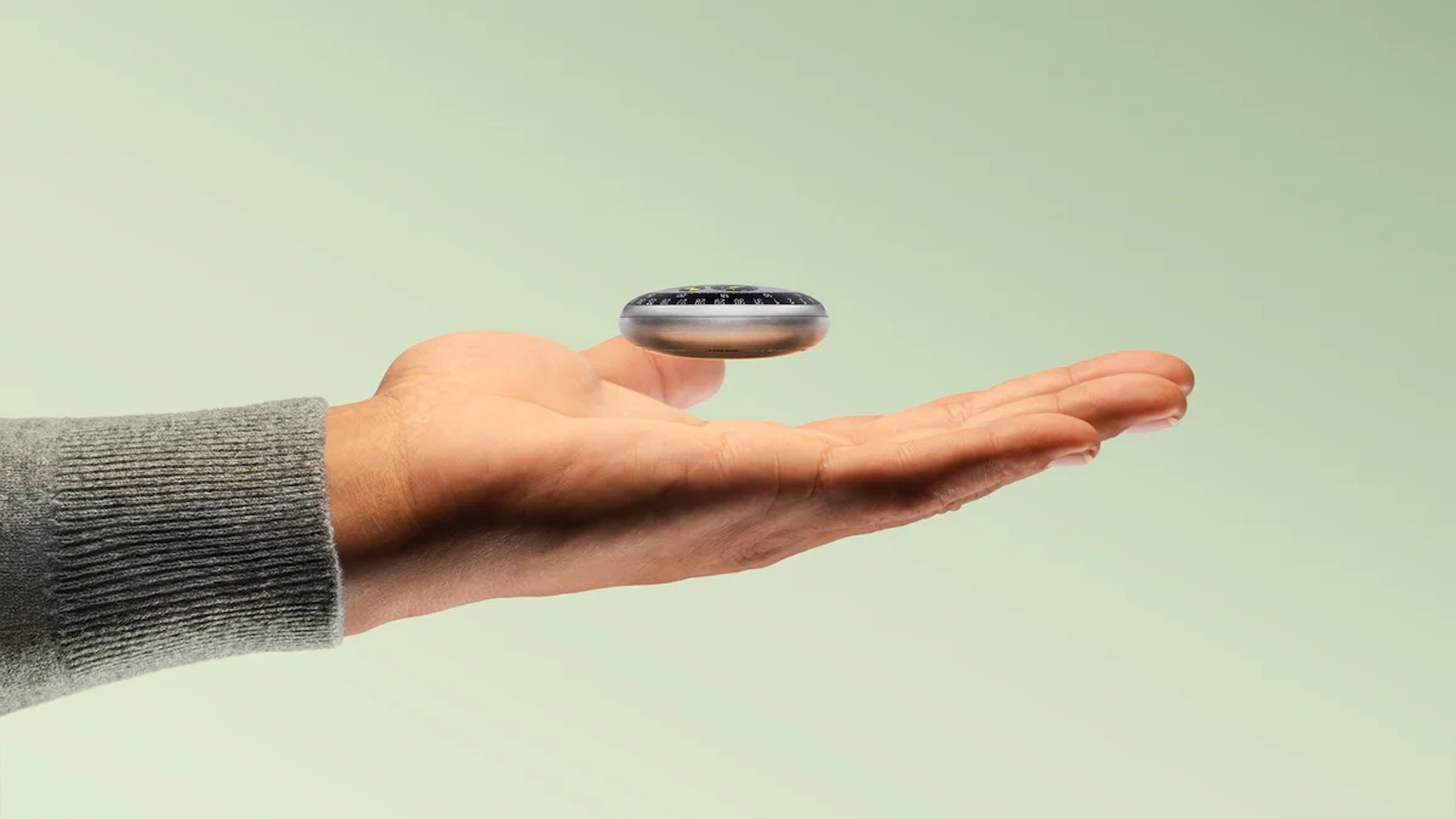

Writing exclusively for ShortList, broadcaster and journalist Louis Theroux describes his four weeks filming within Miami’s notorious county jail system.
For nearly 15 years, I’ve been making documentaries about people involved in off-beat lifestyles and worlds that are in some way questionable — and I’ve seen a fair bit of weirdness. Pornography actors, neo-Nazis, religious cults, gangs, even paedophiles: all of them, at one time or another, have come under my journalistic scrutiny.
And so, late last year, when the idea came up of spending time inside a large jail in the US — a so-called ‘mega-jail’ — I didn’t imagine it would be much different to other stories I’d done, such as San Quentin in California. If anything, the jail should be less brutal, I reasoned, given that a prison, in the US system, holds convicted criminals, whereas a jail is chiefly for those who are awaiting trial and technically innocent.
In other words, a jail does not exist to punish the people held inside, therefore it shouldn’t be as ‘punitive’, right?
Turns out, it’s not quite like that.
The production team approached large jails all over the States. We found Miami the most receptive. With around 7,000 inmates, the Miami jail system is one of the largest in the US.
As is usual in these situations, before filming could commence, my producer flew out for a meeting with the Miami authorities and a visit to its jails. She came back struck by the energy of the place, the vastness of the numbers of people held in its archipelago of buildings, and the drama of their lives. She met an intriguing assortment of characters behind bars: a drug kingpin, a middle-aged man whose bipolar disorder kept him coming back, a boy accused of torturing and killing cats. A few weeks later, we flew out to start shooting.
Get exclusive shortlists, celebrity interviews and the best deals on the products you care about, straight to your inbox.
THE PRISON CODE
The Miami jail system is made up of five main buildings spread out around the city. The two largest, where most of the inmates reside, are modern facilities. They are clean, well-lit places where the inmates walk around in direct contact with the officers. The inmates are only locked down in their cells for a few hours a day.
But close to the heart of downtown Miami is a much older, smaller building: the Pre-Trial Detention Centre, better known as Main Jail. Here the inmates are kept behind metal bars in cells that sleep up to 24 men. The cells are dark and the facility as a whole is decrepit.
Indeed, the layout of the jail — an old-fashioned design with a ‘walk’ that runs past cage-like habitations — reminded me of nothing so much as a multistorey zoo.
The officers only venture into these cells at certain pre-determined times — during head count and cell searches — and even then only for short periods. They are supposed to keep an eye on the inmates as they patrol the walk. But it isn’t difficult for inmates to conceal their activities from officers. And when there is no officer on the walk, the inmates are, to all intents and purposes, in charge.
Main Jail is where the most unruly offenders are sent: the ‘problem children’, the inmates with a particularly bad case against them or with a track record of fighting other inmates and generally misbehaving. Unsurprisingly, we found ourselves drawn back to Main Jail and the strange atmosphere of the fifth and sixth floors, the maximum security floors, where we began to do most of our filming.
Early in my visit, while filming on the fourth floor, an inmate in a ‘safety cell’ — separated from other inmates because he’d committed a stabbing while incarcerated — called me over. He proceeded to explain, on camera, in some detail, how he would set about victimising a fellow-inmate. “I could just extort him, have his mama sending me money,” he said, smiling. “She got to pay for her son’s protection. If he ain’t got nothing, then he gettin’ fed to the wolves.”
I wasn’t sure how much to believe. But as time passed, it became clear that he was talking about a widely held predatory ethos that exists in the worst parts of the jail.Inmates refer to it as “the code”: a brutal Darwinian system in which the strong prey on the weak. Fighting is used to settle disagreements, to ease tensions, to punish perceived wrongs, and sometimes just to pass the time. Weakness is seen as something worthy of punishment.
Another inmate, called Rodney Pearson, who went by the nickname ‘Hot Rod’, went further. He told me that any man who came into his cell was expected to fight for his new bunk, to prove himself, unless the other cellmates already knew him. If a new arrival had a bad reputation in the jail, he would have to do a ‘line-up’ — which meant fighting every man in the cell, one after the other.
Sure enough, a few days into my stay, I arrived at the jail one morning to find there had been a fight on the sixth floor — a man had been badly beaten by several of his cellmates. One of them said that the victim had been testifying on other people’s cases. “Snitches get stitches,” he said.
Later I met the beaten man, who’d just arrived back from the clinic. His eyes swollen shut, he looked as though he’d just gone 10 rounds with Wladimir Klitschko. He assured me that his case was for driving on a suspended licence, making the idea that he’d cooperated with the authorities — or ‘snitched’ — rather unlikely.
LIFE IN THE CELL
The violence was more or less a daily occurrence. It seemed to be a way for the inmates to police themselves, without getting officers involved, an extension of the ghetto code of not trusting conventional authority. But it was also clearly a side-effect of the oppressive and dehumanising physical environment the inmates found themselves in.
Towards the end of my first visit, the time came for me to enter a cell myself.
I admit I was a little nervous.Partly, this was because it had been spelled out to me so emphatically that journalists are not normally allowed inside ‘max’ cells in Main Jail for reasons of safety. The inmates also enjoyed getting a rise out of us by appearing intimidating. One kept mentioning that he wanted to fight me for my shoes. And yet, the surprise once I was inside a cell was a sense that up close and without the protective bars, the men were actually less loud and less menacing — they seemed, if anything, a little nonplussed by my being among them and unsure of how to act.
I asked another inmate if, by some quirk of fate, I’d been arrested and sent to their cell, a bespectacled Englishman with a college education who was clearly not cut out to fight, they might let me off the obligation to fight the other men in the cell.
The answer was an emphatic “no”.
When our crew filed out of the cell, I was the last to leave, and was startled when a young inmate grabbed me by the arm and pulled me back inside. As he kept holding on to my arm my conviction that this must be a prank began to weaken, even though the other cellmates were laughing — until finally he let go, releasing me back to the world on the other side of the bars.
Officers say there is little they can do to stamp out the fighting among inmates. They say it is the choice of the incarcerated men to participate in the code of the jail and that the inmate policy of no snitching means that they can very rarely identify the chief culprits.
And many seemed to be doing the best they could in circumstances that made it difficult for them to keep control of the inmates.When we finished editing the film, my director showed a copy to the jail authorities. They professed to be shocked by what they saw. They proposed various changes, including a policy of assigning bunks, so inmates would no longer fight for a place to sleep.
After seeing the documentary, one Miami-Dade county commissioner called for an investigation into conditions at the jail. The director of the Department Of Directions, in turn, played down the brutality of the jail, saying inmates and officers had a tendency to exaggerate the violence to make their lives appear more exciting. We have tried to keep in touch with the main characters of the film. To my knowledge, none have so far been released.
Louis Theroux: The Odd, The Bad And The Godly is available now on BBC DVD
As a Staff Writer at Shortlist, Holly dabbles in a bit of everything. Having started her career as a news reporter, she has since decided to return to the world of the living.


